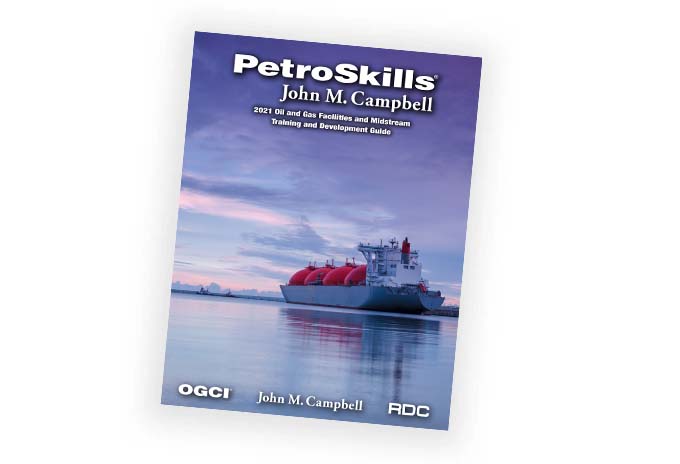Petroleum Risk and Decision Analysis - PRD - eLearning series
About the Course
Good technical and business decisions are based on competent analyses of
project costs, benefits, and risks. Participants learn foundation concepts and the decision analysis process to participate actively in multi-discipline evaluation teams.
The focus is on designing and solving decision models. Probability distributions express professional judgments about risks and uncertainties carried through the calculations. Decision tree and influence diagrams provide clear communications and the basis for valuing each alternative. Participants experience the complementary Monte Carlo simulation technique in detail in a hand-calculation exercise.
Project modeling fundamentals and basic probability concepts provide the foundation for the calculations. The mathematics is straightforward and mainly involves only common algebra. The emphasis is on practical techniques for immediate application. Participants should have strong English listening skills. We intend this course or an equivalent background as a prerequisite for Advanced Decision Analysis with Portfolio and Project Modeling.
Target Audience
Geologists, engineers, geophysicists, managers, team leaders, economists, and
planners
You Will Learn
- Describe the elements of the decision analysis process and the respective roles of management and the analysis team
- Express and interpret judgments about risks and uncertainties as probability distributions and popular statistics
- Represent discrete risk events in Venn diagrams, probability trees, and joint probability tables
- Solve for expected values with decision trees, payoff tables, and Monte Carlo simulation (hand calculations)
- Craft and solve decision models. Evaluate investment and design alternatives with decision tree analysis
- Develop and solve decision trees for value of information (VOI) problems
Course Content
- Expected Value Concept: foundation for decision policy, features, pitfalls to avoid
- Decision Tree Analysis: decision models; value of information (a key problem type emphasized in the course), flexibility and control; project threats and opportunities
- Monte Carlo Simulation: Latin hypercube sampling; portfolio problems; optimization; advantages and limitations
- Decision criteria and value measures: multiple objectives and criteria (including HSE; CSR, DEI considerations), capital and other constraints; risk aversion
- Modeling the Decision: influence diagrams; sensitivity analysis; modeling correlations
- Basic Probability and Statistics: four fundamental rules, including Bayes’ rule; calibration and eliciting judgments; choosing distribution types; common misconceptions about probability
- Implementing Decision Analysis: problem framing; guidelines for good analysis practice; team analyses; computer tools (discussion and demonstrations); mitigating risks
- Evaluating a multi-pay prospect (team exercise).
Product Details
Categories:
Upstream, Midstream, Business & ManagementDisciplines:
Energy BusinessLevels:
FoundationProduct Type:
CourseFormats Available:
On-DemandInstructors:
John SchuylerAdditional
Request a Public Session
If you are interested in a public session of this course, please click the button below to request it.
Request Public SessionIn-House Training
This course is also available upon request as a private, on-site seminar. Contact us for details and pricing.
Request In-House TrainingNeed Help
Contact us if you have additional questions about how to register for or attend this course.
Contact Us



